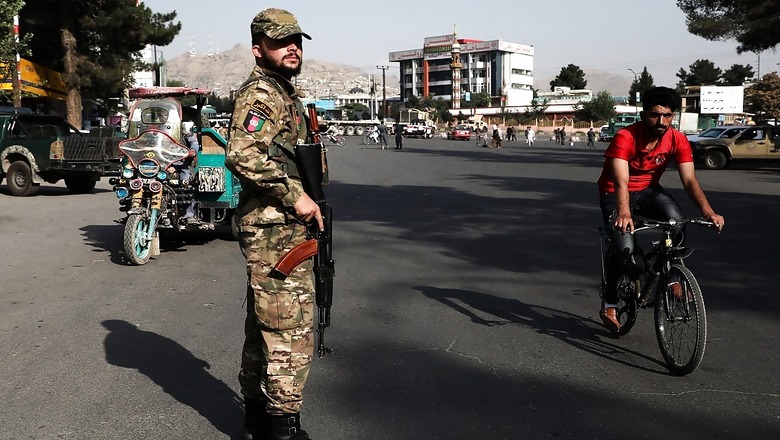
views
Peace talks between the Taliban and Afghan government negotiators offer no easy route to bridging deep ideological divides and resolving the bitter legacy of two decades of war.
Here’s a look at the main issues:
Why Now?
Afghanistan’s war has killed tens of thousands of people, displaced millions more, killed about 2,400 US troops and cost the American taxpayer more than $1 trillion.
Exasperated by what he has described as America’s “crazy, endless wars”, President Donald Trump has repeatedly expressed his determination to achieve a full military exit from Afghanistan.
The peace talks “are clearly driven by a US desire to disengage from Afghanistan”, said Kate Clark, co-director of the Afghanistan Analysts Network.
“The main goal for the US is to leave, or to leave without leaving behind a bigger mess.”
Washington signed a deal with the Taliban in February that paves the way for all foreign forces to pull out of Afghanistan by May 2021.
In return, the Taliban — who control large swathes of rural Afghanistan — gave some security guarantees and a promise to hold talks with Kabul after completing a lengthy prisoner exchange.
What’s on the agenda?
The two sides are poles apart when it comes to the kind of Afghanistan they want, and at this stage, there is no certain agenda.
“The Taliban have always been clear about what they want and that is a pure Islamic government, which is incompatible with the current liberal democratic Islamic political order,” said Nishank Motwani, deputy director at the Afghanistan Research and Evaluation Unit.
The Taliban declared “victory” after signing the deal with the US and have often stated maximalist goals: they consider themselves Afghanistan’s legitimate leaders and want to return to power.
“The Taliban’s leadership, rank and file fundamentally believe that victory is theirs and as victors, they will claim nothing short of power,” Motwani said.
However, in a New York Times op-ed published in February, the Taliban’s deputy leader Sirajuddin Haqqani expressed optimism over “intra-Afghan talks”.
Some observers have suggested the militants could offer to negotiate a power-sharing deal.
“If we can reach an agreement with a foreign enemy, we must be able to resolve intra-Afghan disagreements through talks,” Haqqani wrote.
But few trust the Taliban, whose hardline rule in the late 1990s terrorised many Afghans.
The militants imposed Islamic punishments like stoning women to death, while girls were banned from schools.
Kabul’s negotiators want the Taliban to recognise the government, which the militants see as a US “puppet”.
They also want the Taliban to agree to a ceasefire, acknowledge women’s rights and recognise other achievements of the past two decades.
“All of which is wishful thinking,” Motwani said.
Will the talks succeed?
Emboldened by their deal with Washington, the Taliban are not expected to offer concessions in what are expected to be lengthy talks.
But they face difficult questions like whether to declare a ceasefire and agree to a pluralistic political order.
While an agreement over key issues could raise prospects of long term peace, a breakdown could throw the country into a new civil war.
It remains to be seen whether the Taliban agreed for talks just to minimise the presence of their main enemy, the Americans, Clark said.
Whereas “for Kabul, they are just delaying (the whole process). They would rather the US troops stayed,” she added.
“The parties to the conflict have got to have the same goal, which is peace… I fear that’s not really the case this time.”


















Comments
0 comment